Market Growth Projections
The Global Vehicle Electrification Market Industry is projected to experience robust growth in the coming years. With a valuation of 85.0 USD Billion in 2024, the market is expected to expand significantly, reaching 180 USD Billion by 2035. This growth trajectory indicates a compound annual growth rate of 7.06% from 2025 to 2035, reflecting the increasing adoption of electric vehicles and advancements in related technologies. The market's expansion is driven by various factors, including government policies, technological innovations, and changing consumer preferences, all of which contribute to a favorable environment for vehicle electrification.
Consumer Awareness and Education
Consumer awareness and education are essential components influencing the Global Vehicle Electrification Market Industry. As consumers become more informed about the benefits of electric vehicles, including lower operating costs and reduced environmental impact, their willingness to adopt these technologies increases. Educational campaigns by governments and industry stakeholders aim to demystify electric vehicles and highlight their advantages over traditional vehicles. This growing awareness is likely to drive higher adoption rates, contributing to the market's anticipated growth. As consumers gain a clearer understanding of electric vehicles, the market is poised for substantial expansion, further solidifying the shift towards electrification in the automotive sector.
Government Incentives and Subsidies
Government incentives and subsidies play a crucial role in the Global Vehicle Electrification Market Industry by making electric vehicles more financially accessible to consumers. Various countries are implementing tax credits, rebates, and grants to encourage the purchase of electric vehicles. For instance, in several regions, buyers can receive substantial financial incentives that significantly lower the overall cost of electric vehicles. This financial support is essential in overcoming the initial cost barrier associated with electric vehicles, thereby stimulating market growth. As these incentives continue to evolve, they are likely to contribute to a compound annual growth rate of 7.06% from 2025 to 2035, facilitating broader adoption of electrified vehicles.
Expansion of Charging Infrastructure
The expansion of charging infrastructure is a vital driver for the Global Vehicle Electrification Market Industry. As more consumers consider electric vehicles, the availability of charging stations becomes increasingly important. Governments and private entities are investing heavily in the development of comprehensive charging networks to alleviate range anxiety among potential electric vehicle owners. This infrastructure expansion includes fast-charging stations and home charging solutions, which enhance the convenience of owning an electric vehicle. The growing network of charging stations is expected to support the market's growth, as it addresses one of the primary concerns of consumers, thereby facilitating the transition to electrified transportation.
Growing Demand for Sustainable Transportation
The Global Vehicle Electrification Market Industry is experiencing a notable surge in demand for sustainable transportation solutions. This shift is largely driven by increasing environmental awareness among consumers and regulatory pressures aimed at reducing carbon emissions. Governments worldwide are implementing stringent emissions regulations, which compel automakers to invest in electric vehicle technology. As a result, the market is projected to reach 85.0 USD Billion in 2024, reflecting a growing preference for electric vehicles over traditional combustion engines. This trend indicates a significant transformation in consumer behavior, as more individuals opt for eco-friendly alternatives, thereby propelling the electrification of vehicles.
Technological Advancements in Battery Technology
Technological advancements in battery technology are pivotal to the Global Vehicle Electrification Market Industry. Innovations such as solid-state batteries and improved lithium-ion technologies are enhancing the performance and efficiency of electric vehicles. These advancements not only extend the driving range of electric vehicles but also reduce charging times, making them more appealing to consumers. As battery costs continue to decline, the affordability of electric vehicles is expected to improve, further driving adoption. The market's growth trajectory suggests that by 2035, the industry could reach a valuation of 180 USD Billion, underscoring the critical role of battery technology in shaping the future of vehicle electrification.
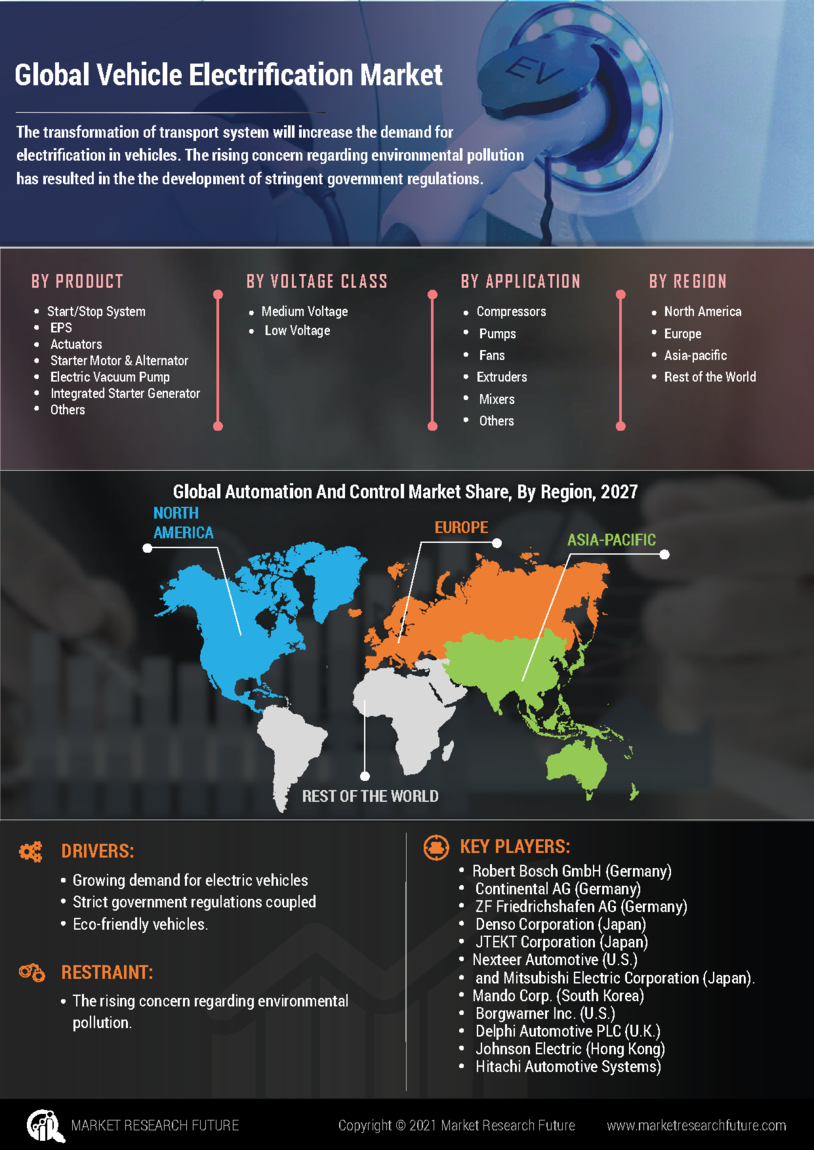


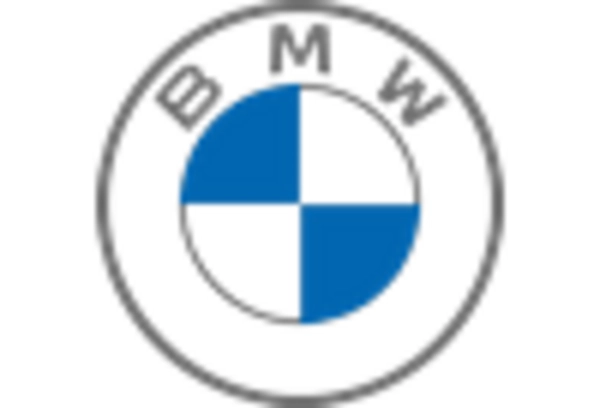
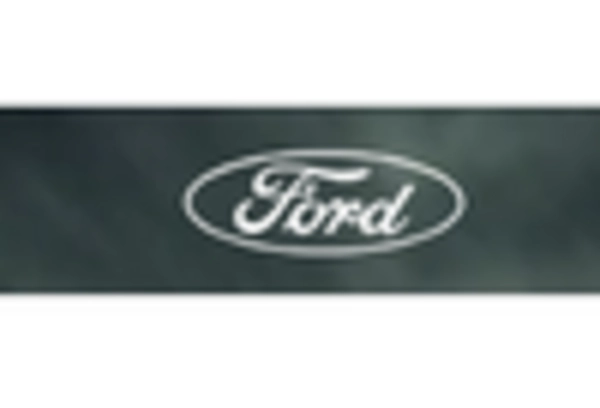


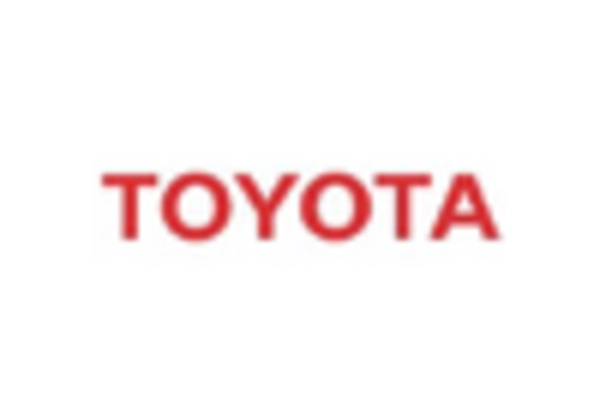
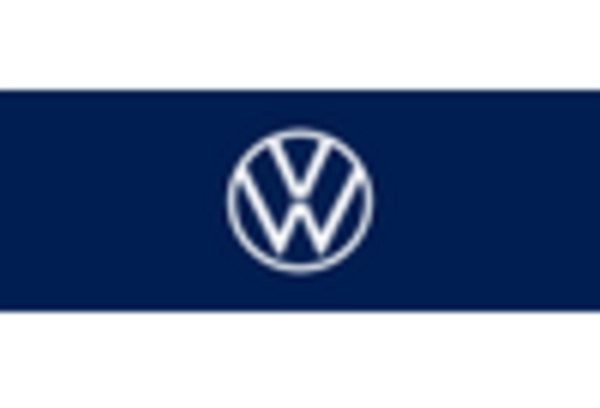








Leave a Comment